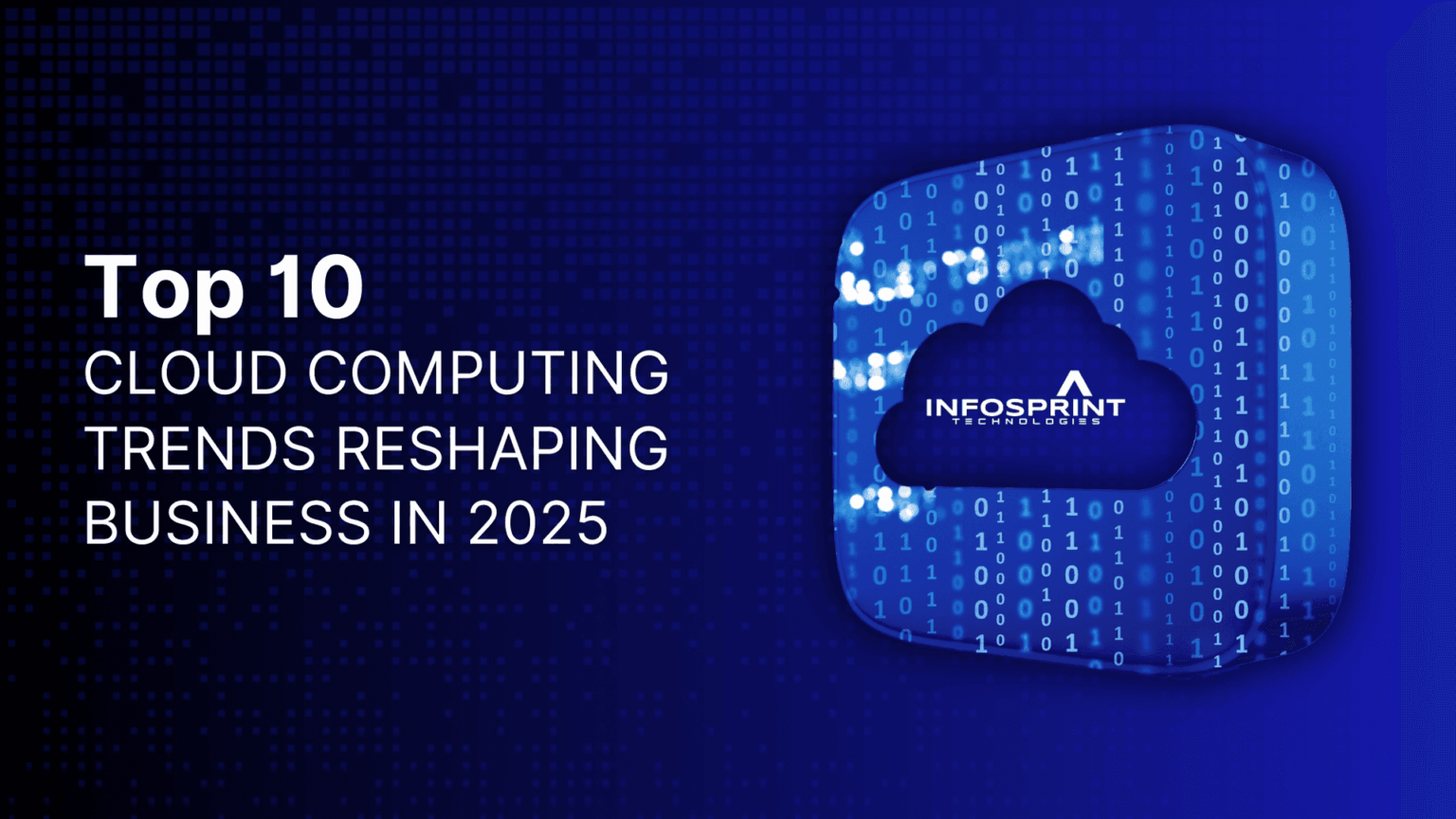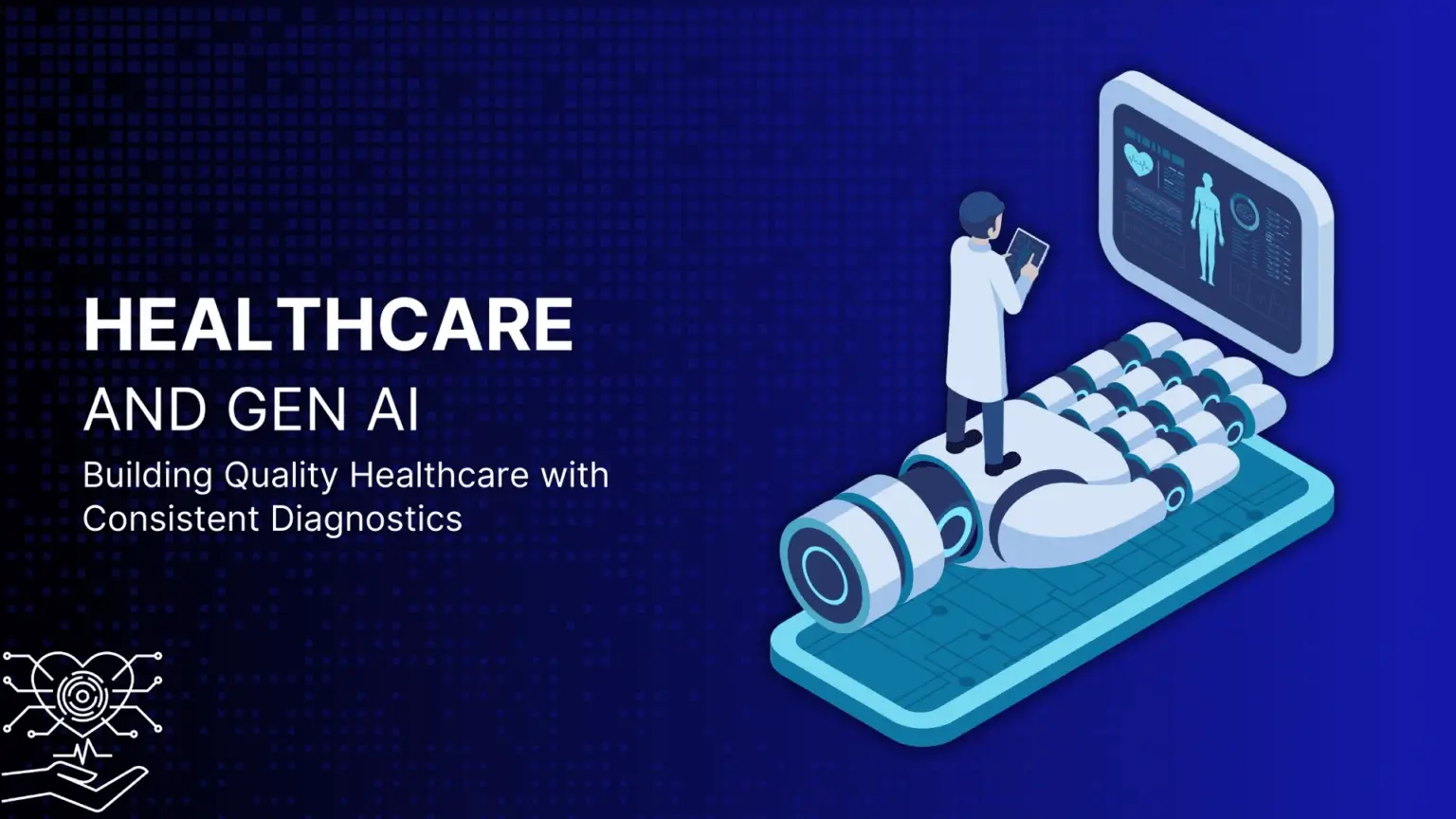Protect Your Finances: 5 Most Effective Online Banking Data Security Practices to Implement Now

Digital transformation is the next-generation business model that businesses must adapt to gain a competitive advantage. This transformation is not limited to a single industry or sector.
Digital transformation is a superior business structure many industries observe to bring numerous benefits and opportunities.
According to a recent survey, many companies from various industries have initiated digital transformation to advance the race. One such industry is the banking sector: the analysts in the domain predicted a complete transformation in their business model to reach a further audience. The model, though rich in opportunities, is fraught with pitfalls. The banking sector deals with finance and is the top industry this change could exploit.
The rise of cyberattacks, data theft, and scams is due to adaptation. Banks must prioritize data protection and cybersecurity to handle these hurdles and capitalize on the opportunities provided by digital transformation. Infosprint Technologies is a leading cybersecurity company in India, specializing in providing comprehensive data protection services to businesses across various industries, including the banking sector.
In this blog, you will learn to detect online threats, how banks can protect themselves, and individual practices for safe banking.
Identifying Digital Banking Threats: A Vigilant Approach
Phishing Attacks
This data theft approach has evolved from click-bait to spam calls, using AI and advanced technology to steal your information through you. This involves fraudulent attempts to obtain personal information through deceptive emails, websites, or messages that mimic legitimate financial institutions.
- Behavior analysis: Monitor customers’ behavior patterns, significant transactions, link clicks, and login locations.
- Email authentication: verify the sender’s IP address and check for the sender’s digital signature.
- Phishing simulation test: Train employees by conducting simulations of phishing attacks and evaluating their ability to detect them.
Malware Attacks
This attack involves infiltrating banking software by deploying a virus, allowing attackers to swipe financial institutions’ data. Malware presents a significant threat because cybercriminals can exploit it to abscond with financial information, manipulate transactions, or even take complete control of your bank accounts.
- Regular security audits: security audits must be conducted regularly to check for malware.
- Patch Management: Establish a robust patch management procedure to guarantee that systems are constantly updated with the most recent security updates.
- Sandboxing: To stop suspicious files or applications from damaging the network, isolate them in a sandbox environment.
Social Engineering
This approach uses a different method of stealing data. Social engineering is a psychological technique that manipulates people’s minds to disclose confidential information. It relies on the interaction between people, leveraging their natural tendencies and behaviors to achieve the attacker’s objectives.
- Incident response plan: Create a thorough incident response plan to quickly and efficiently handle social engineering attacks.
- Collaboration with security experts: Consult with expert cybersecurity service providers to learn the best practices for addressing social engineering.
- Education on social media: Educate employees to use robust privacy settings for their social media accounts.
Unauthorized Access
Unauthorized individuals gain access to stolen credentials, access cards, compromised passwords, and vulnerabilities in the banking system to steal data or money by sending fake texts to customers stealing their money.
- Role-based access control (RBAC): Grant employees access to only the necessary resources to perform their duties.
- Regular password resets: Require employees to change their passwords regularly to prevent unauthorized access.
- Centralized logging: Collect and analyze logs from various sources to identify security threats.
Spoofing Attacks
It is a new type of cyber attack where the attackers impersonate the financial institute’s website to steal data or conduct fraudulent activities. The attacker manipulates the target into believing that the communication or information comes from a legitimate source, such as a trusted website, email address, phone number, or IP address.
- Caller ID verification: Use caller ID verification services to confirm the legitimacy of incoming calls.
- Be wary of urgent requests: Be cautious of callers who demand immediate action or ask for sensitive information.
- Verify the caller’s identity: To verify their identity, ask the caller to provide specific details about your account or recent transactions.
A Comprehensive Guide to Strengthening Your Bank’s Data Security
Biometric authentication: A strong shield for online banking
Biometric authentication is a strong shield for online banking. This technology uses body parts for identification. By incorporating fingers and facial recognition, banks can maximize security and reduce the risks of unauthorized access. It is a vital security precaution because biometric information is specific to you and challenging for hackers to duplicate. But it’s crucial to protect your biometric information and be mindful of any hazards, including someone forcing you to use your biometrics to unlock your device.
- Choose the right biometric technology: When incorporating biometrics, consider the user’s comfort, acceptance, and accuracy. Also, check for models that require biometric security for user convenience.
- High-quality hardware:Use biometric hardware to capture customers’ accurate data. Hardware quality directly impacts the effectiveness of the authentication process.
- Implement a vital enrollment procedure: ensure a robust data capture procedure. Verify user identity, capture data accurately, and securely store the data.
- Protect the biometric data: Implement strict security measures to guard against theft, tampering, and unauthorized access to stored biometric data. Use access limits and encryption to protect sensitive data.
- Integrate with Existing Systems: To offer a consistent user experience, seamlessly incorporate biometric authentication into online banking platforms.
- Educate Customers: The advantages of biometric authentication and its efficient application. Address any misunderstandings or worries they may have about privacy and security.
Secure Your Access: The Era of Passwordless Authentication
Passwordless is the new era of data security, and it compromises traditional password security, which humans can easily forget. By replacing passwords with passwordless security, banks can secure customers’ data and enhance user convenience.
- Biometric Authentication: To verify user identity, use biometric features such as fingerprints, facial recognition, or voice recognition.
- Push Notifications: Deliver push alerts to the user’s designated device, asking the recipient to input a code or press a button to verify their identity.
- Security Tokens: Issue security tokens to users that generate unique codes for each login attempt.
- Time-Based One-Time Passwords (TOTP): Generate time-based codes using an authenticator app on the user’s device.
- FIDO2 Security Keys: Use FIDO2 security keys, which are physical devices that authenticate users without requiring passwords.
- Risk-Based Authentication: Employ risk-based authentication to analyze user behavior and device context to determine the appropriate level of authentication required.
Leveraging AI to Foster Your Defences
AI is a powerful tool that helps boost data security defenses. Companies from various streams have integrated AI to safeguard their customers’ data. AI is witty, and with its maximized adaptability, it can detect cyberattacks and formulate a strategy to prevent them. By incorporating AI into their security strategies, especially in the cybersecurity banking sector, banks can significantly improve their ability to detect and prevent threats, safeguard private client information, and meet regulatory requirements.
- Threat Detection and Prevention: AI algorithms can analyze massive data sets to find anomalies and suspicious trends that might point to a hack or security breach. As a result, banks can identify risks in real-time and take preventative action.
- Anomaly Detection: Artificial Intelligence (AI) can be utilized to detect abnormal actions or departures from typical patterns in the bank’s systems. This can assist in identifying possible security lapses or unwanted access attempts.
- Fraud Detection: Algorithms driven by artificial intelligence (AI) can examine transaction data to spot fraudulent activity, such as identity theft or unapproved payments.
- Risk Assessment: AI can assist banks in prioritizing their security efforts by evaluating the risk associated with data protection methods.
- Data Privacy Compliance: AI can help banks ensure compliance with privacy legislation such as the CCPA and GDPR by automating activities related to consent management, privacy impact assessments, and data mapping.
- Incident Response: By automating and streamlining their incident response procedures with artificial intelligence, banks may respond more swiftly and efficiently to security breaches.
Harnessing Behavior Analysis for Unmatched Security
Banks must adopt behavior analysis as one of the best data security methods. It helps banks observe and monitor users’ behavior patterns, past transactions, link clicks, etc. This will safeguard banks from urgent requests sent by unauthorized persons. By leveraging this approach, banks enhance their cyberattack detection while protecting customers’ data.
- Establish Baselines: Create baseline profiles for every consumer that include information about their usual behavior patterns, including transaction amounts, locations, and times.
- Monitor for Anomalies: Look for variations in customer behavior from the defined baselines. Unusual trends, such as abrupt spikes in expenditure, transactions coming from strange places, or odd login times, could point to fraud.
- Utilize Machine Learning: Machine learning algorithms can sift through enormous volumes of data and spot intricate patterns that might be hard for people to notice.
- Integrate with Other Fraud Detection Tools: For a more thorough approach, combine behavioral analytics with additional fraud detection methods like rule-based systems and network analysis.
- Real-time Alerts: Implement real-time alert systems to alert bank staff members of suspicious behavior and prompt them to investigate and take swift action.
- Continuously Refine Models: Maintain the efficacy of your behavioral analytics models by updating and improving them regularly to accommodate new fraud strategies.
Audit and Test: The Twin Pillars of Robust Security
Security audits and penetration tests play vital roles in cybersecurity defense. Security audits scan systems for vulnerabilities and gaps that attackers could exploit. They provide a detailed report on the risks and how to mitigate them. Penetration tests simulate how the attacker gains unauthorized access. Banks that utilize security audits and penetration tests can prevent data breaches and unauthorized access.
- Regular Assessments: Conduct regular security audits to evaluate the bank’s systems’ overall security posture and identify areas for improvement.
- Penetration Testing: Employ professional penetration testing services to simulate real-world attacks and uncover vulnerabilities that internal audits may miss.
- Scope Definition: Clearly define the scope of security audits and penetration tests to ensure that all critical systems and applications are evaluated.
- Third-Party Involvement: Consider engaging external security experts to assess the bank’s security practices objectively.
- Continuous Monitoring: Implement tools to identify and address emerging threats and vulnerabilities.
- Remediation and Improvement: Develop a plan to address any vulnerabilities identified through audits and penetration tests.
Online banking, though it brings convenience, also contains risks. Banks must utilize multiple security services, identify threats, safeguard against threats, and stay up-to-date with the latest security trends to ensure safe online banking for customers. The future of the banking industry is filled with digital transformation solutions because of user ease. Banks must always be on their toes to understand new ways that attackers might utilize the latest technology to attack them and how they can safeguard from it. Security is not a ‘full stop’; it’s a ‘comma.’ Banks should consult and attend webinars of data protection service companies to understand new trends, technologies, and safety measures.
Related Posts

Top 10 Cloud Computing Technologies to Look Out for in 2025

Consistent Diagnosis: The Cornerstone of Modern Healthcare




